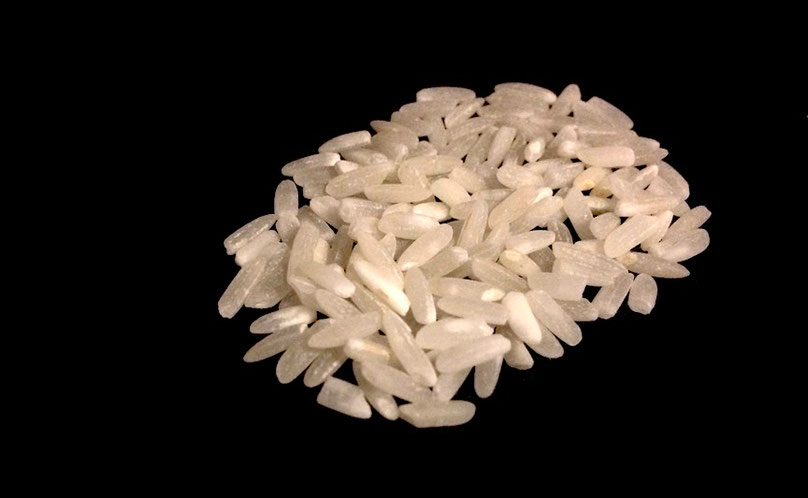
Researchers working out of the Chinese Academy of Sciences have used phytoliths, small fossilized particles of plant tissue, to radiocarbon date domesticated rice from three archaeological sites associated with the Shangshan culture in the Lower Yangtze in east central China.
According to the Chinese team, archaeologists generally accept that Shangshan rice represents the oldest known example of rice cultivation, but questions persist. Specifically, are the recovered rice grains from wild, transitional, or domesticated varieties, and can the rice be directly dated? The research group says direct dating is important because of concerns that carbons dates previously obtained from organic material found near the rice grains may have been contaminated by old carbon.
To answer the questions, scientists surveyed cellular characteristics of the recovered rice grains, determined they were from a domesticated variety, and then directly dated the rice by dating carbon captured in the grains’ phytoliths during photosynthesis. Carbon from grains found in deeper deposits of the sites (and therefore older deposits) produced date ranges between 9,417 and 9,134 years before present. Because there are even older deposits at the site, researchers think rice could have been domesticated as early as 10,000 years ago.
The group published their results in the Proceedings of the National Academy of Sciences.
vol. 114 no. 25; Xinxin Zuo, 6486–6491, doi: 10.1073/pnas.1704304114



